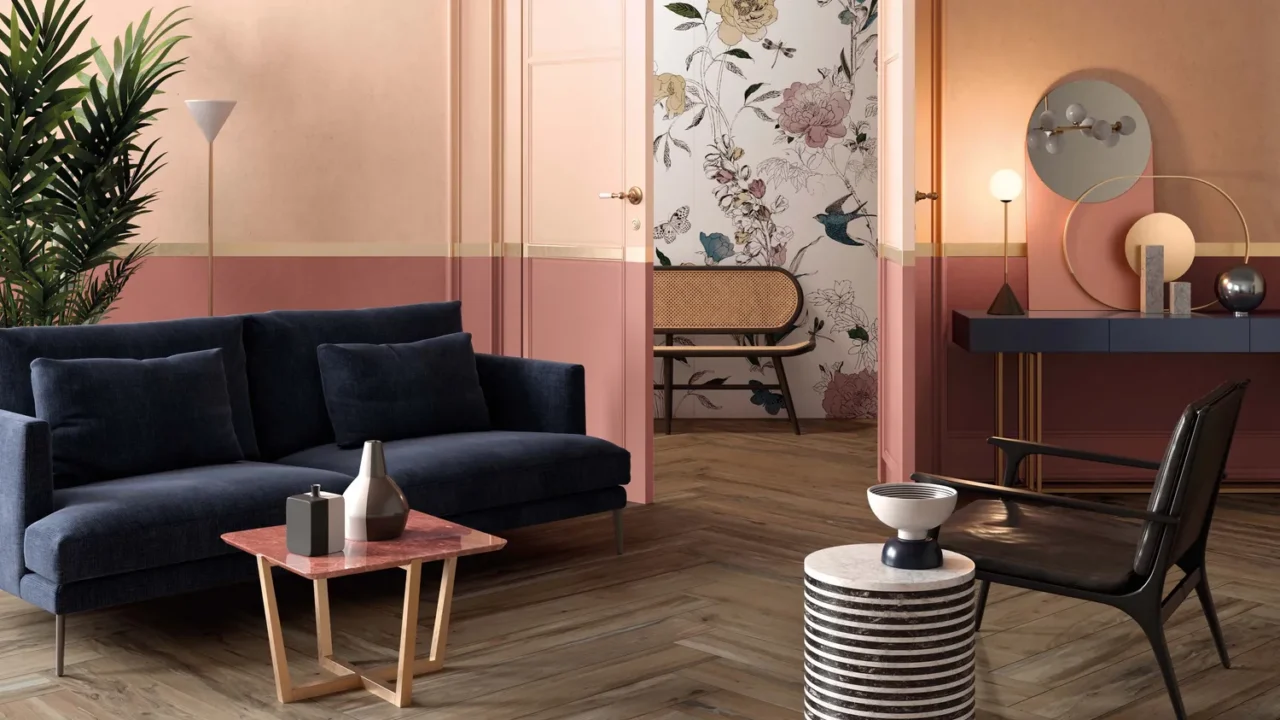
Why Some Homes Sell in Days
Home stagers are like visual magicians, transforming average spaces into buyer bait.
From furniture placement to lighting tricks, they know exactly how to make your space irresistible. And guess what? Many of their best-kept secrets are surprisingly easy to steal.
Whether you’re selling soon or just want your space to feel more pulled together, these staging hacks are gold.
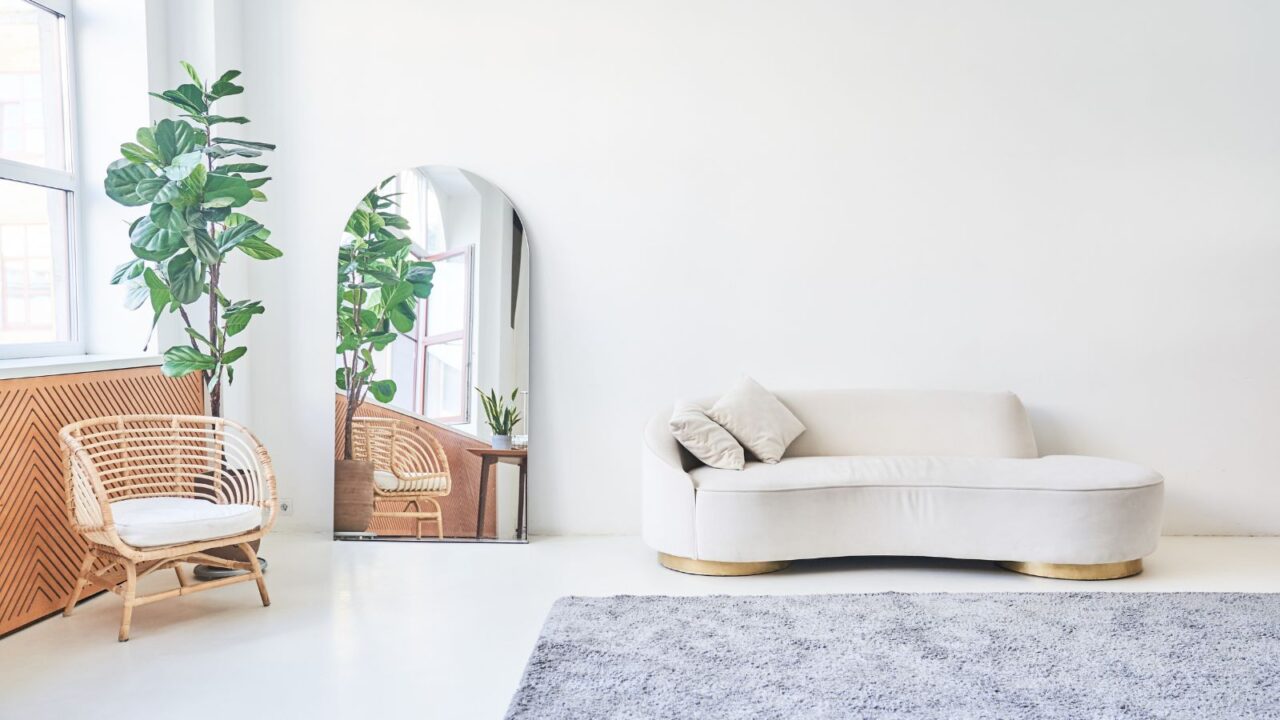
The “Less Is More” Rule Always Wins
You’ve probably heard it before, but it’s true: clutter kills a sale. Home stagers almost always start by removing 30-50% of what’s in a space.
Why? Because buyers need to see the home, not your life in it. Clean counters, half-empty closets, and minimal decor help rooms feel bigger and more open.
It’s not about making the place feel empty, it’s about letting the space breathe.
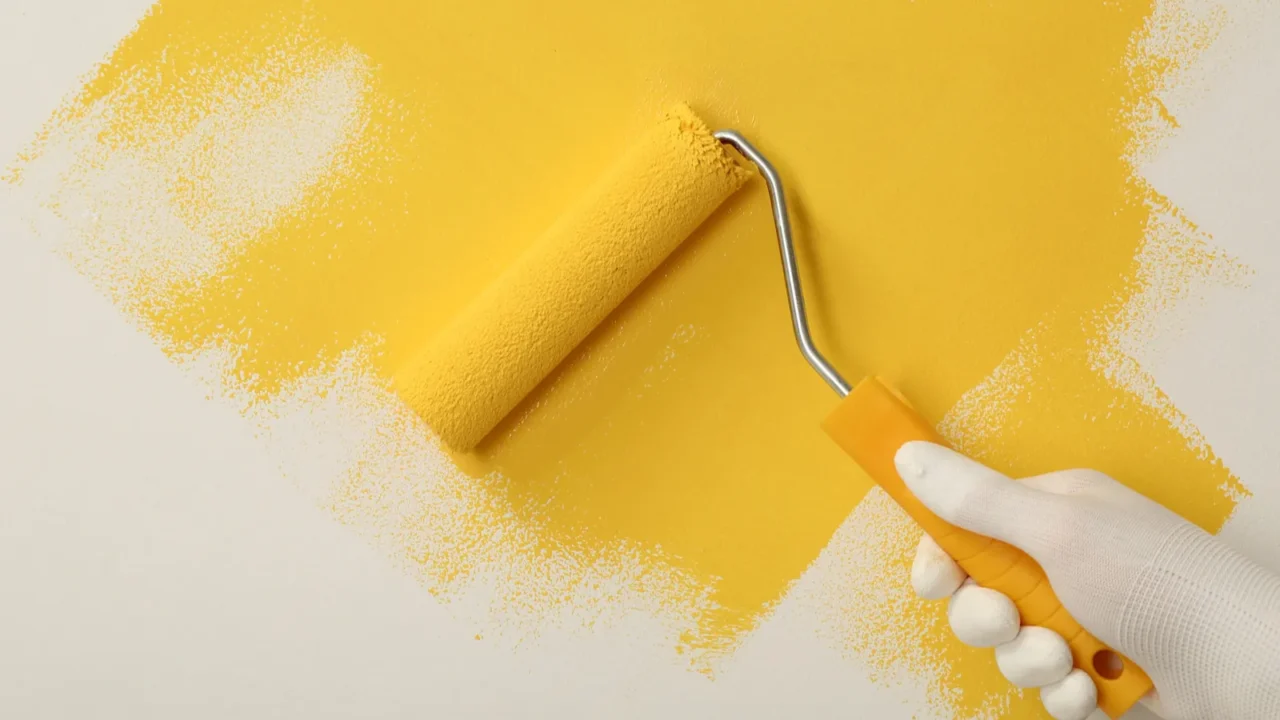
Fresh Coat of Paint
It might sound basic, but a can of paint can totally change a buyer’s perception. Stagers swear by soft, neutral shades, think warm grays, creamy whites, or soft greiges.
These tones act like a blank canvas, helping buyers imagine their own life in the home. Bold colors? Not so much.
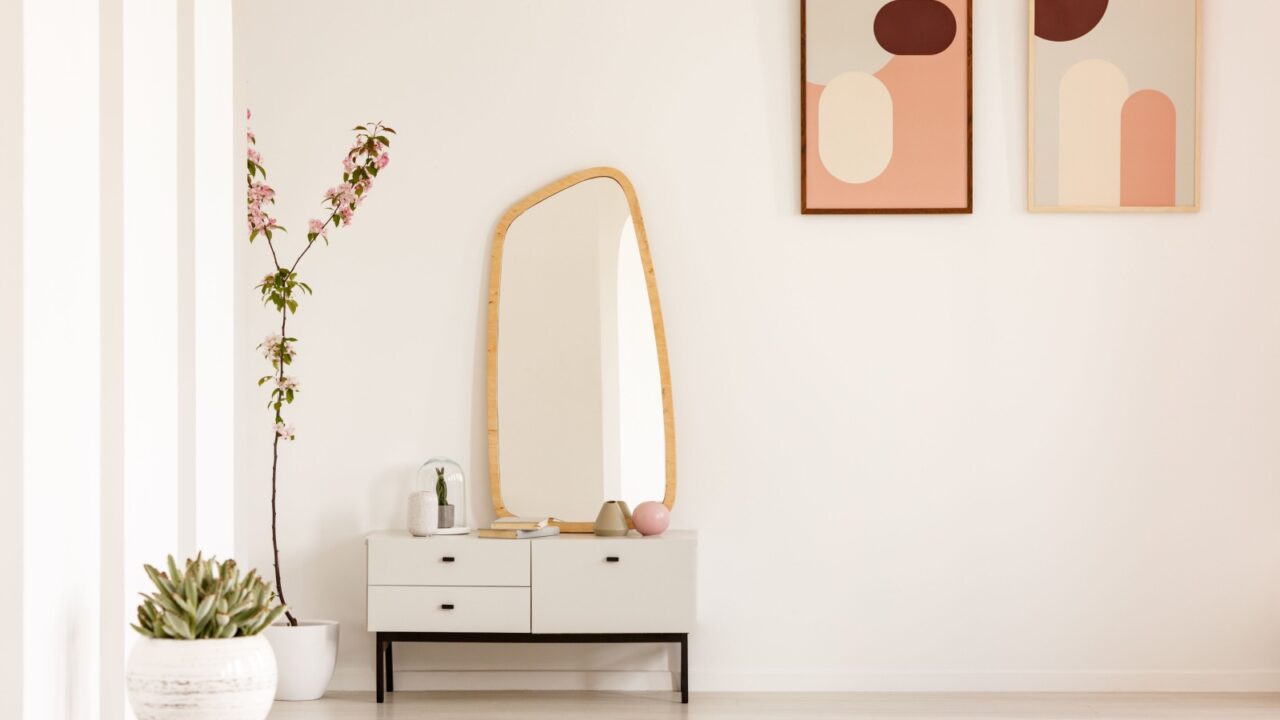
Mirrors Make Magic Happen
Stagers love mirrors because they bounce light around and visually expand any room. A well-placed mirror can make a dark hallway feel brighter or a tiny bedroom feel twice as big.
Pro tip? Use a large mirror across from a window to double the natural light. In tight entryways or narrow bathrooms, mirrors create depth and dimension.
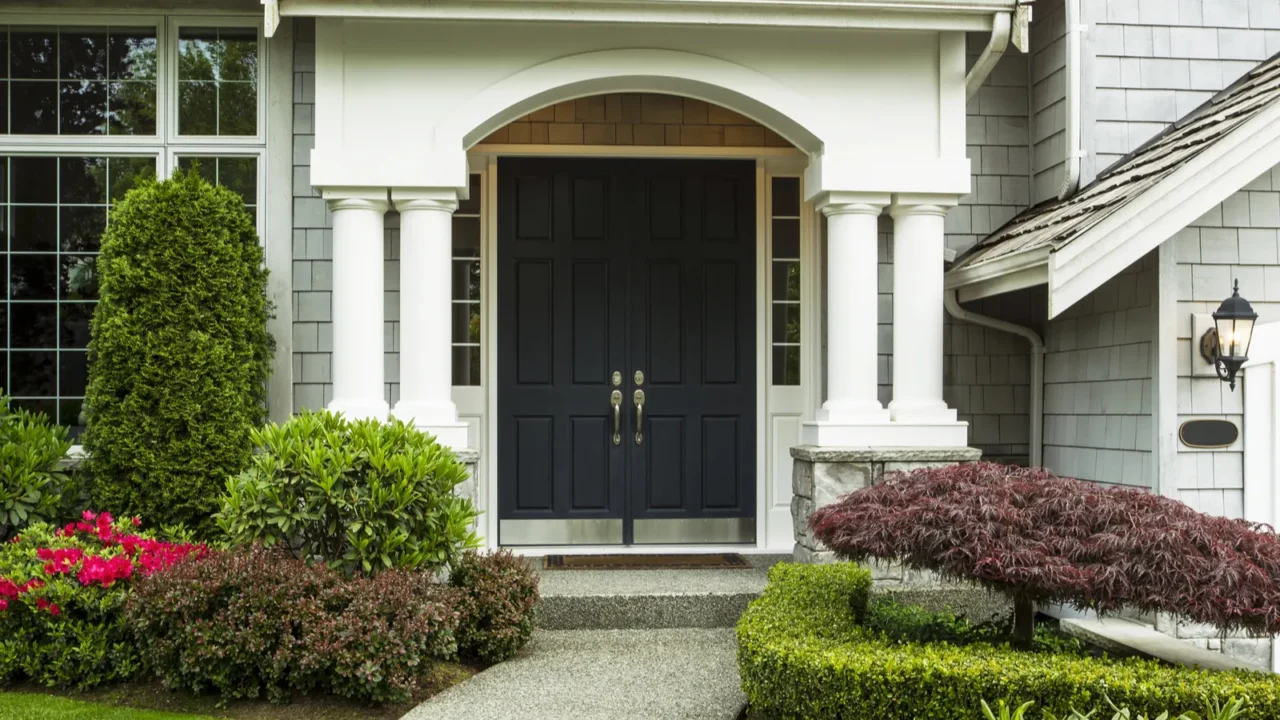
Create a Killer First Impression Outside
Curb appeal is the handshake before the hello. If buyers pull up and see weeds, chipping paint, or dead plants, they’re already judging.
Stagers know that the front porch or entry sets the tone, so they sweep walkways, plant flowers, and add fresh doormats. A simple potted plant and a seasonal wreath can do wonders.
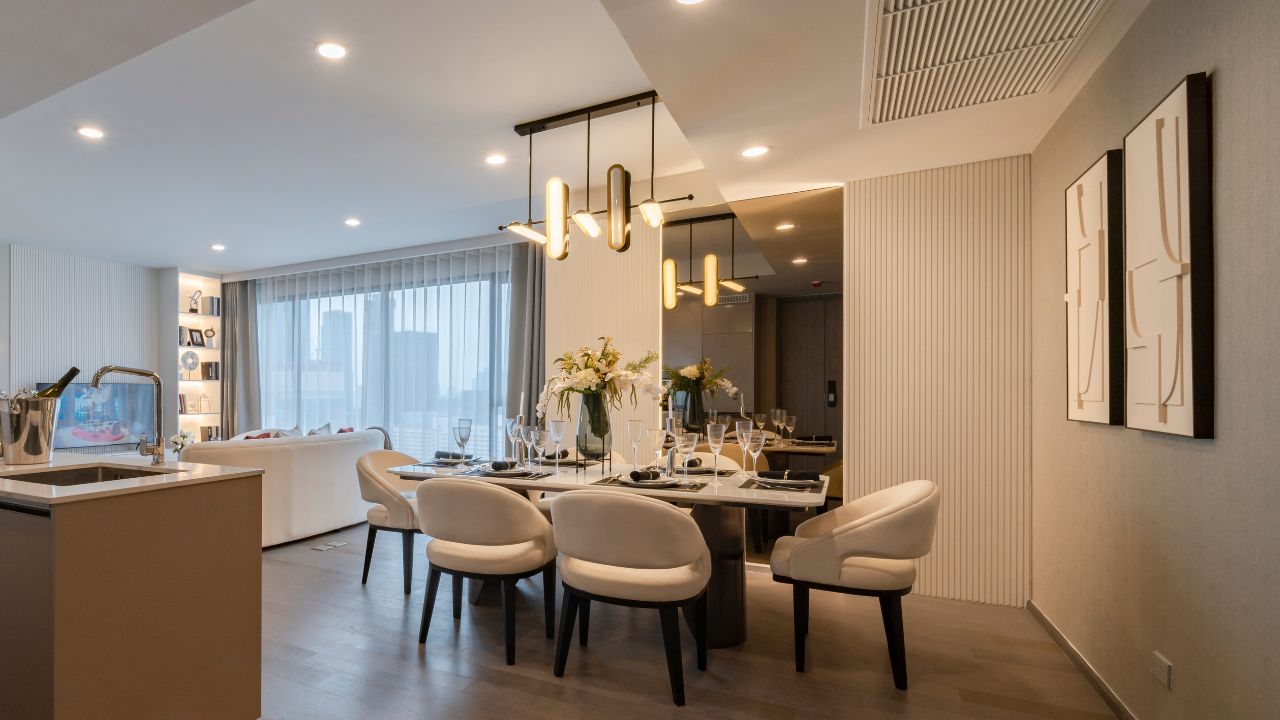
Lighting Tricks That Feel Like a Glow-Up
Good lighting makes a space feel bigger, cleaner, and more welcoming, so stagers often swap out yellow bulbs for bright white LEDs.
They also layer lighting: overhead fixtures, table lamps, and floor lamps all work together to banish dark corners.
In rooms with limited natural light, stagers add mirrors, sheer curtains, and metallic accents to reflect light.
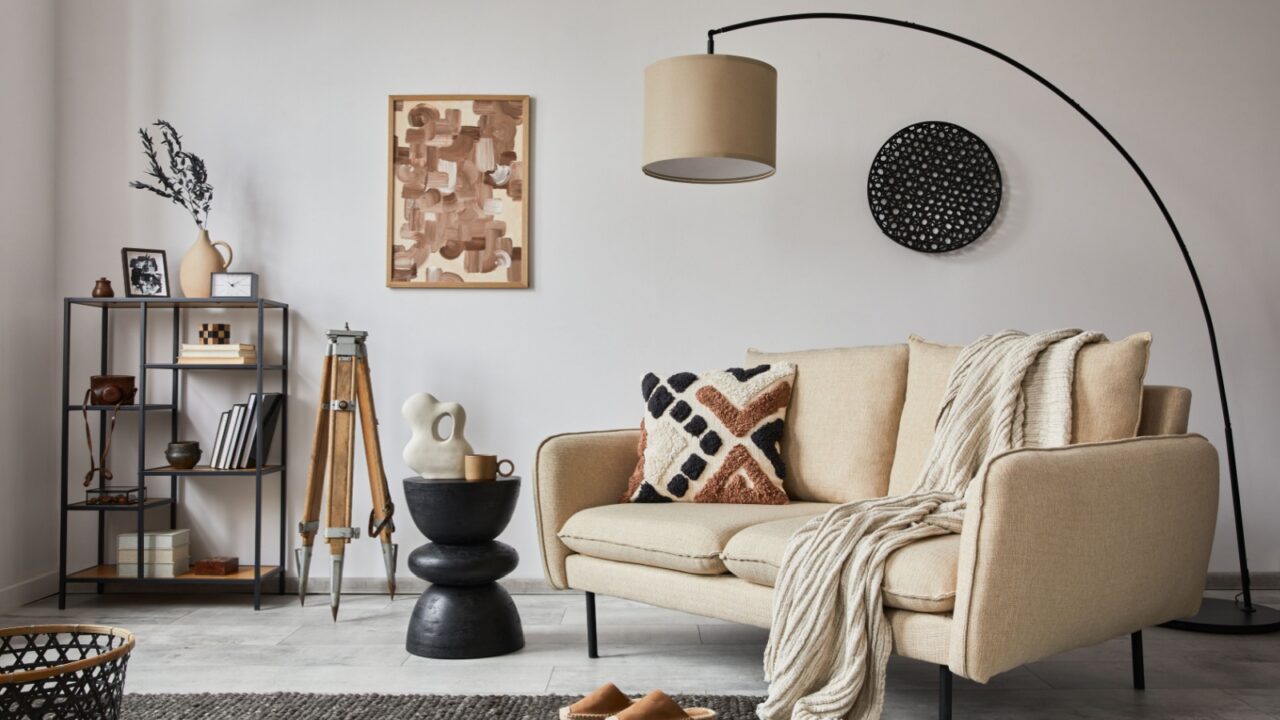
Float Your Furniture
One of the biggest mistakes people make is pushing all their furniture against the walls. Home stagers often do the opposite: they float furniture into cozy groupings away from the walls.
This creates natural pathways, defines each room’s purpose, and helps the space feel more inviting. By pulling furniture away from the walls, you can create natural walkways that make the space easier to navigate.
It also helps define the purpose of each area, whether it’s for lounging, reading, or entertaining guests.
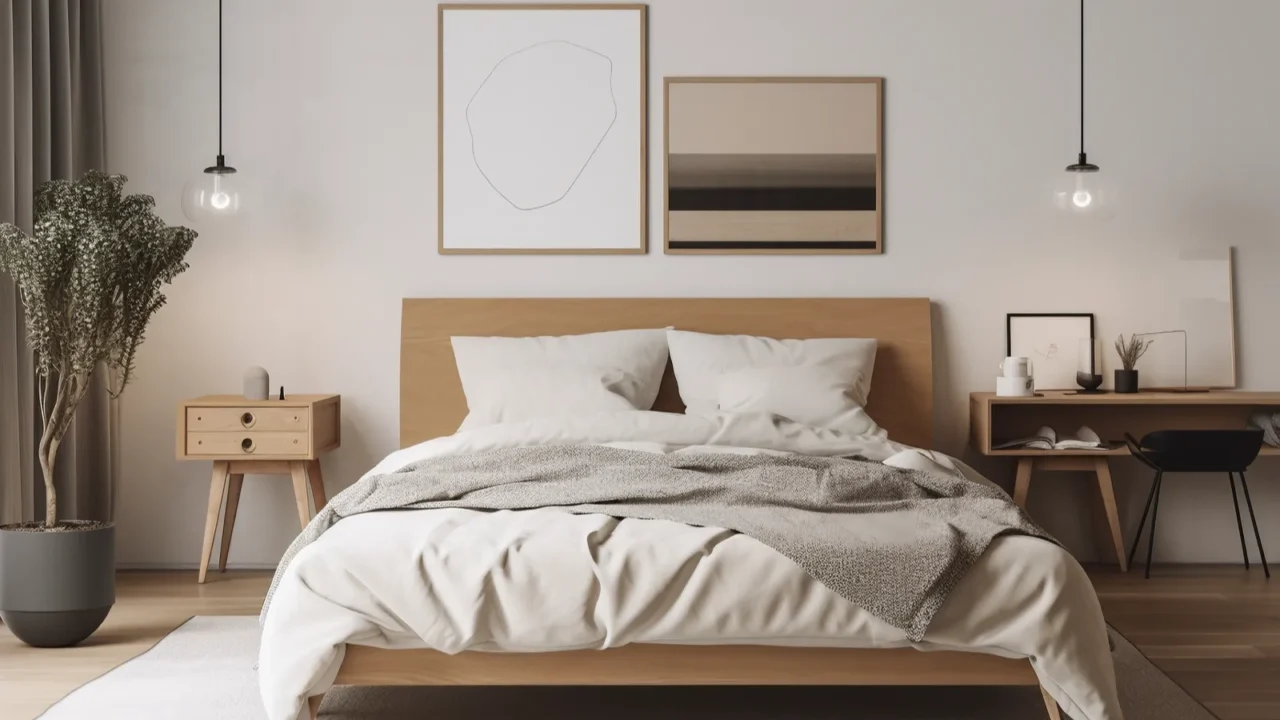
Bedroom (Peaceful Retreat)
Stagers treat bedrooms like mini hotel suites. They use crisp white bedding, soft throw blankets, and a few decorative pillows to make the space feel like a peaceful retreat. No piles of laundry. No wild prints. Just serene, simple styling.
Even if the room is small, a neutral palette with layered textures can make it feel luxurious.
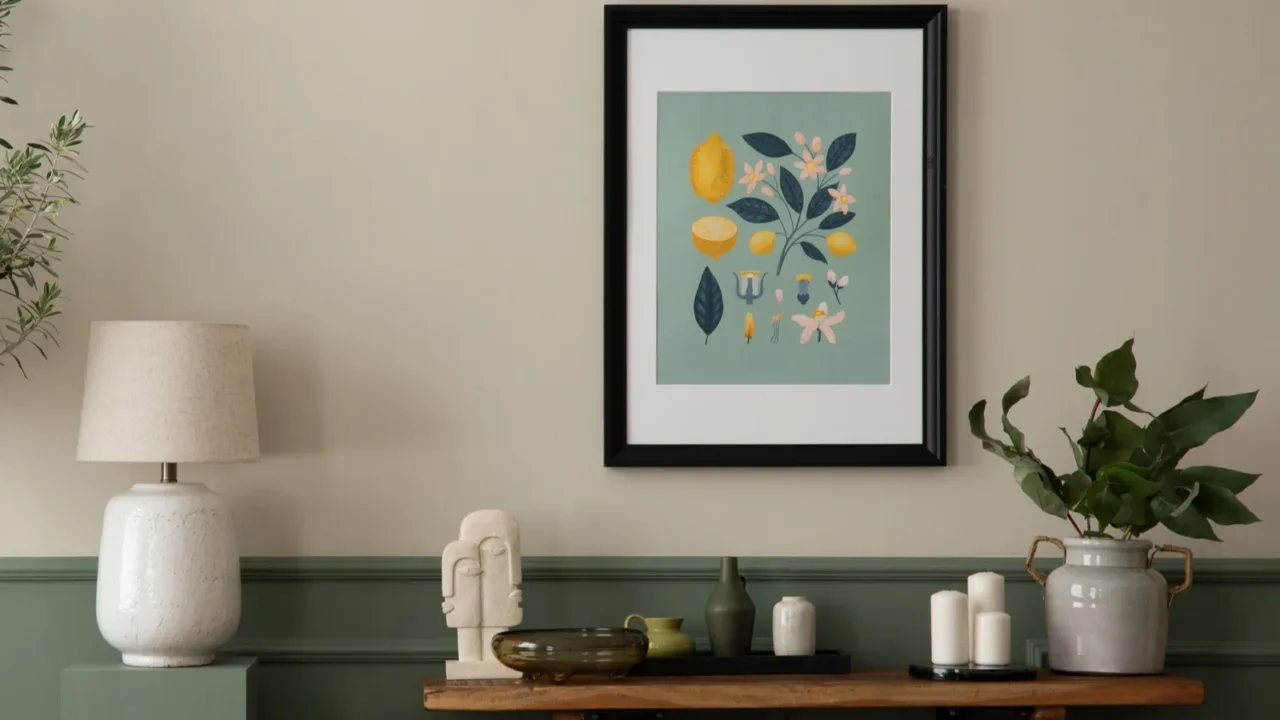
Depersonalize Without Sterilizing
Buyers want to picture themselves in the home, not your family vacation to Turkey or your dog’s graduation photo.
Stagers carefully remove overly personal items but still leave touches of warmth, like a stack of books, a stylish bowl of fruit, or a cozy throw. You’re going for “aspirational” without feeling like a hotel.
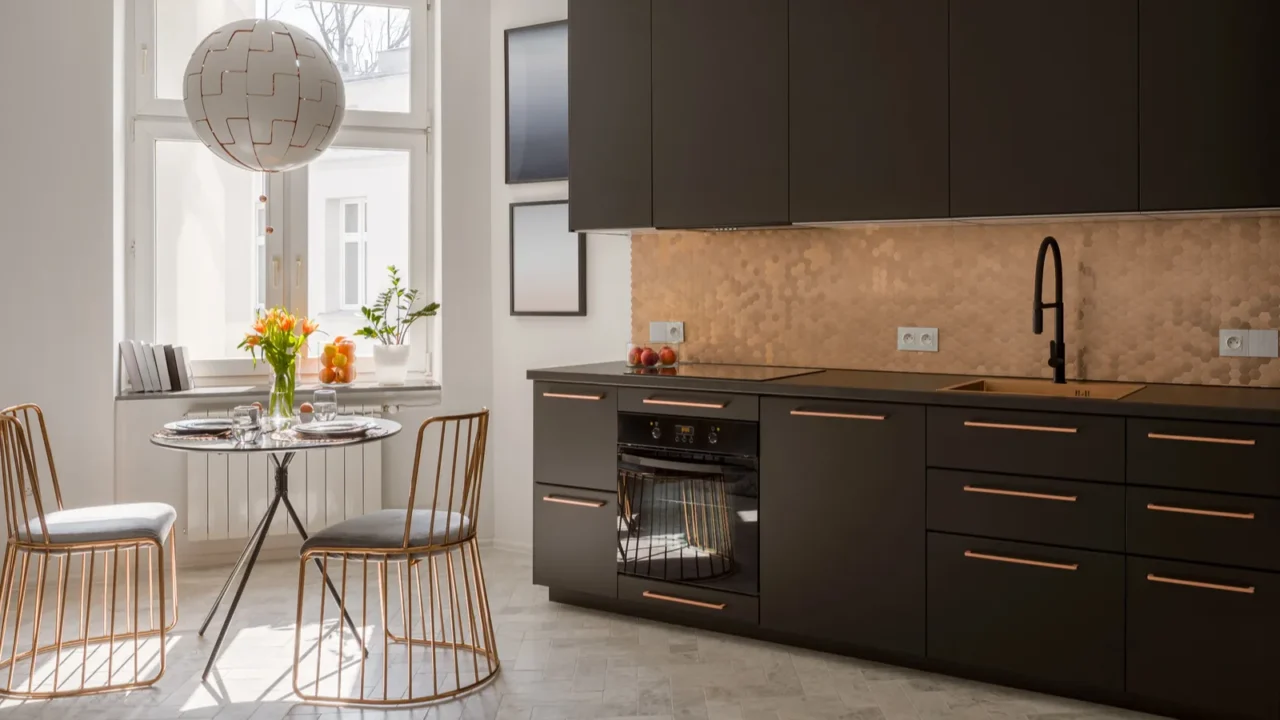
The Kitchen Secret? Accessorize Like a Pro
Most buyers obsess over kitchens, so stagers keep them clean, light, and well-edited. That means no fridge magnets, no sponge towers, and no cluttered counters.
Instead, they might add a bowl of lemons, a cookbook on a stand, or a wooden cutting board propped against the backsplash.

Zoning (Give Every Space a Purpose)
Open-concept spaces are trendy, but they can confuse buyers if they feel too undefined. Home stagers solve this by creating zones.
A reading nook with a chair and lamp, a dining area with a simple table and two chairs, or a small desk in an underused corner helps buyers imagine living in the space.
If there’s an awkward spot, give it a purpose; even a plant stand or mini bar cart can help clarify the layout.
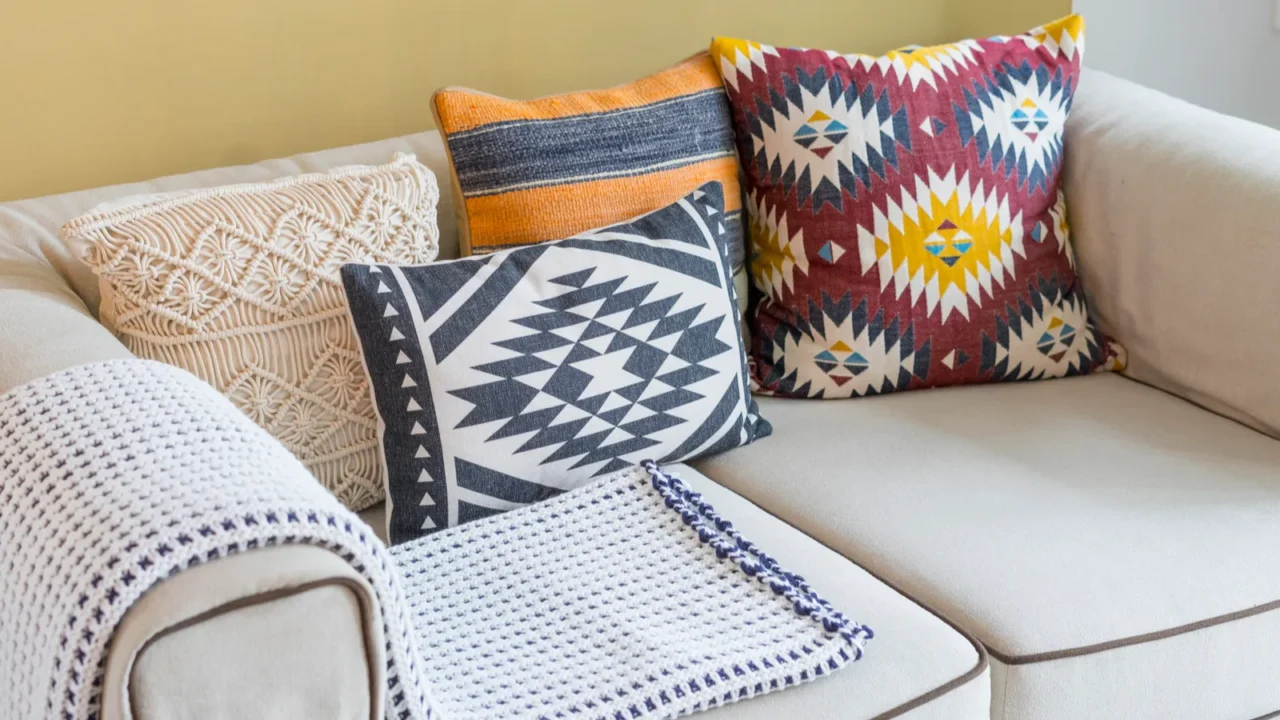
Textile and Texture
Rugs, pillows, throws, and curtains aren’t just accessories, they’re mood-setters. Stagers use soft textures and cozy layers to make rooms feel warm and lived-in without the clutter.
A patterned rug can define a space, and neutral curtains hung high can make the ceiling look taller. Even a few plush pillows can transform a basic sofa into a snuggle-worthy spot.
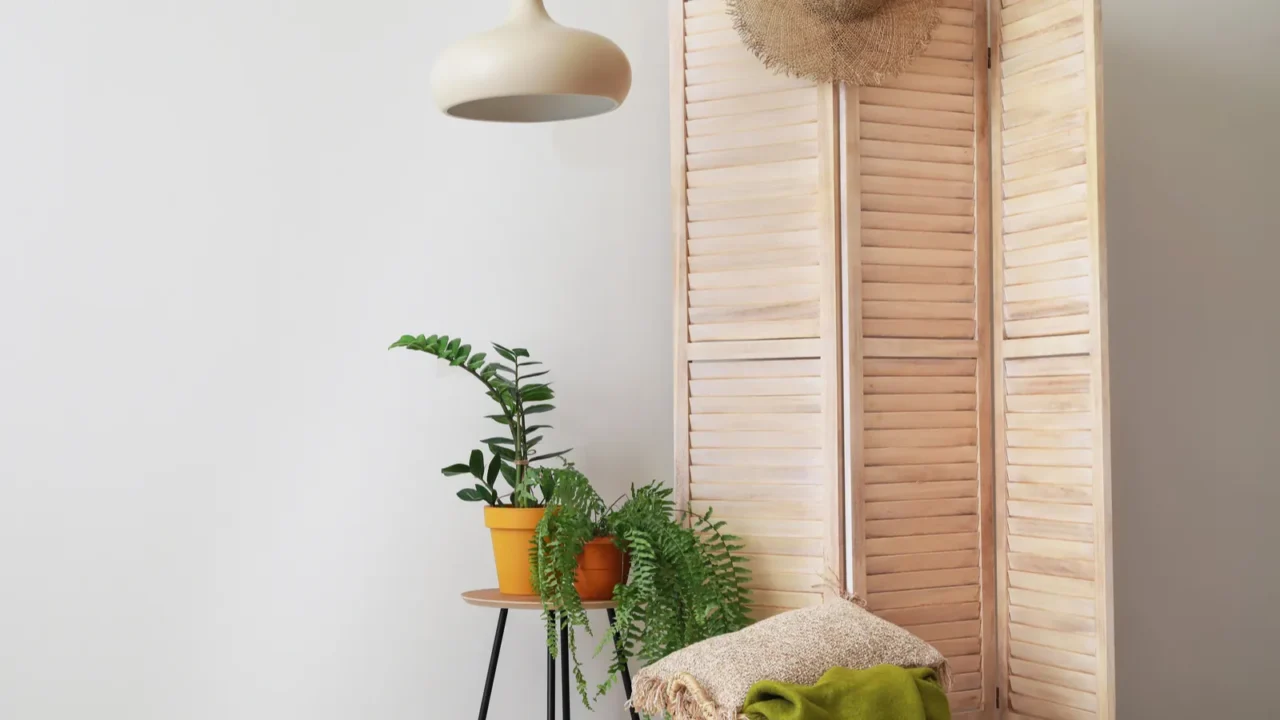
Add Plants, But Not a Jungle
Greenery brings life to any space, and stagers know the power of a well-placed plant.
A potted snake plant in the corner, a trailing pothos on a shelf, or a little succulent on a bathroom counter adds freshness without fuss. But don’t overdo it, this isn’t a greenhouse.
Stick to 1-2 plants per room, and make sure they’re real or really realistic faux.
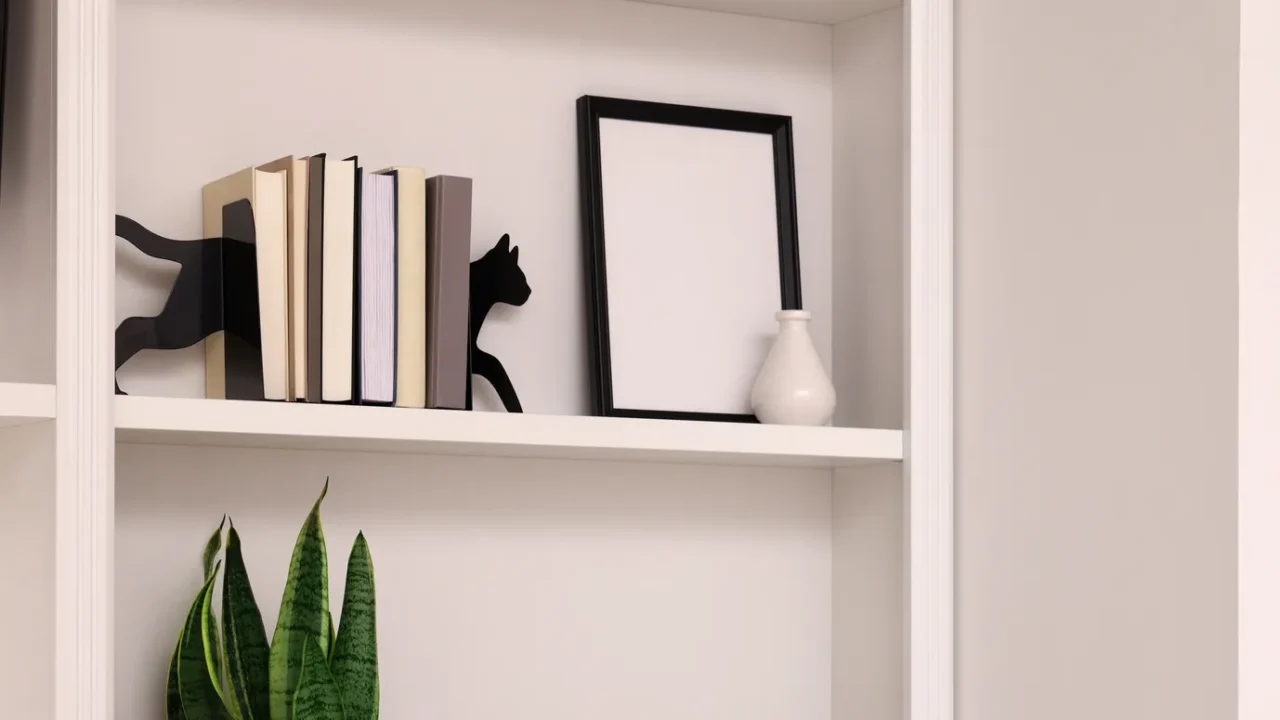
Master the Art of the “Vignette”
Stagers love a good vignette, a styled moment on a shelf, coffee table, or nightstand. Think: a stack of books, a candle, and a small decorative object. These little arrangements create visual interest and make a space feel curated.
But here’s the key: odd numbers (like groups of 3) tend to look best, and you want a mix of height, texture, and color.
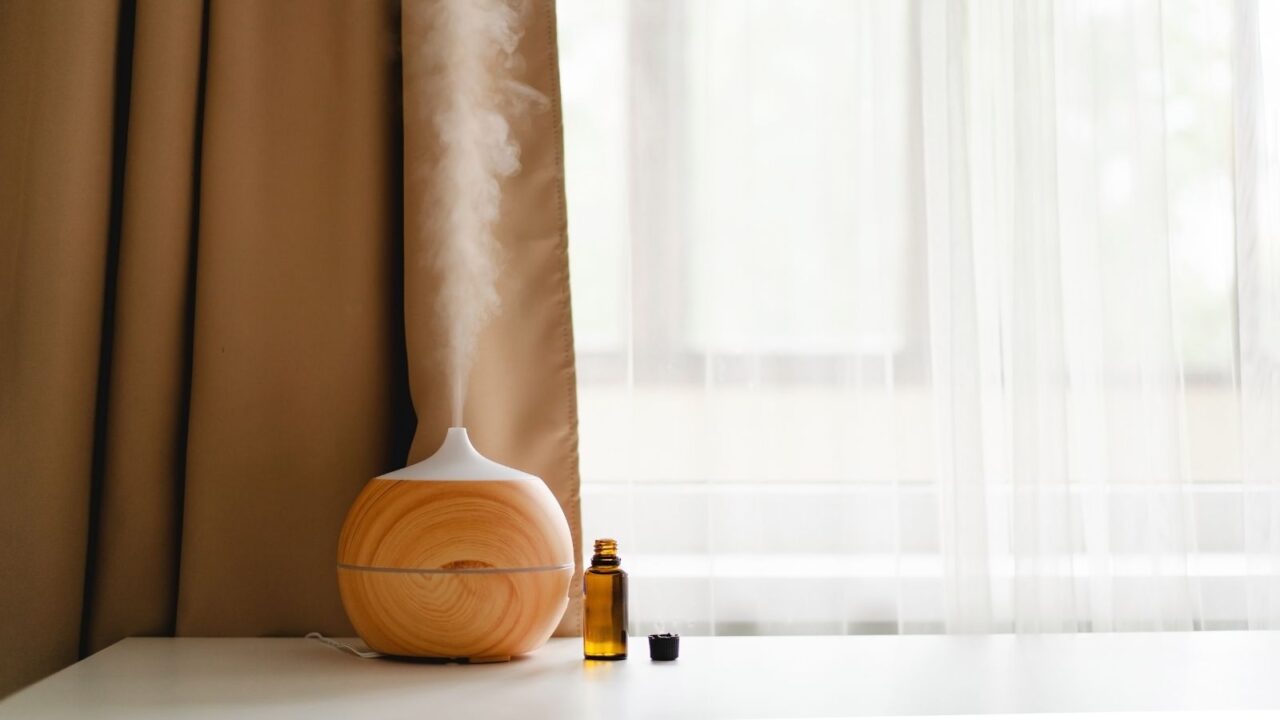
Don’t Forget the Smell Factor
A home that smells fresh sells faster. Stagers are hyper-aware of odors, from last night’s dinner to your dog’s favorite bed.
Open windows, use air purifiers, and avoid heavy air fresheners. Instead, try light, natural scents such as citrus, lavender, or fresh linen.
Scented candles, diffusers, or even a simmer pot on the stove can make a home feel instantly more inviting.
Just as you’re tuning into the little details as a seller, you’ll want to stay sharp when buying, too. Don’t miss our list of major red flags to watch out for when house hunting.
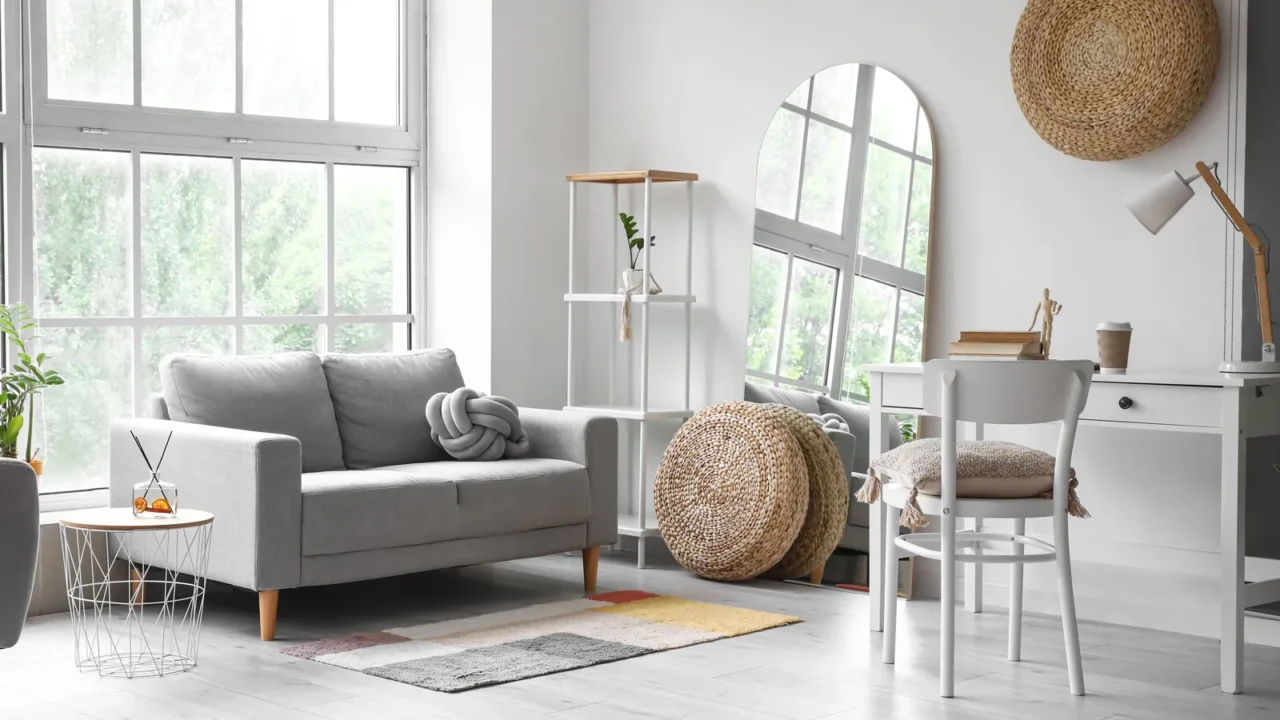
Stage for the Photos, Not Just the Walkthrough
Buyers often fall in love online first, so your space needs to look amazing in photos.
Stagers understand how to “edit” a room for the camera: angle furniture for depth, remove reflective items, and make sure everything looks neat from every angle.
What feels cozy in person can look cluttered in pictures, so staging for photos often means simplifying even more.
And while you’re perfecting every photo, don’t miss the hidden kitchen ‘icks’ that could send buyers running
Read More From This Brand:
- Simple DIYs That Instantly Boost Curb Appeal
- Common Interior Design Icks and Their Fixes
- Flip or Flop? Home Reno Lessons from TV Home Shows
Don’t forget to follow us for more exclusive content right here on MSN.